INDUSTRIAL SOLVENTS

ISOPROPYL ALCOHOL (IPA- IP/LR)
Isopropyl alcohol (IUPAC name propan-2-ol; commonly called isopropanol or 2-propanol) is a compound with the chemical formula CH3CHOHCH3. It is a colourless, flammable chemical compound with a strong odor. As an isopropyl group linked to a hydroxyl group, it is the simplest example of a secondary alcohol, where the alcohol carbon atom is attached to two other carbon atoms. It is a structural isomer of 1-propanol and ethyl methyl ether. It is used in the manufacture of a wide variety of industrial and household chemicals and is a common ingredient in chemicals such as antiseptics, disinfectants, and detergents.
home page first product headline: GCPL manufactures IPA through an extremely efficient and environment-friendly, direct hydration process, producing a colourless product of high purity, with no undesirable odor or by-product formation. The product meets international quality standards for use in pharmaceuticals, coatings and inks, speciality chemicals and cosmetics. For critical applications in the pharma sector, GCPL offers IPA conforming to stringent standards such as USP, LR and IP to name a few.
GLYCERINE
GLYCERINE – Is a simple polyol compound. It is a colorless, odorless, viscous liquid that is sweet-tasting and non-toxic. The glycerol backbone is found in many lipids which are known as glycerides. It is widely used in the food industry as a sweetener and humectant in pharmaceutical formulations. Glycerol has three hydroxyl groups that are responsible for its solubility in water and its hygroscopic nature.
Glycerine is a versatile chemical and is used in a variety of applications including food and personal care products among others. Our quality grade meets both domestic and international regulatory requirements including that of the Pharmacopeia, Food Codex and Food Safety and Standards Authority of India.
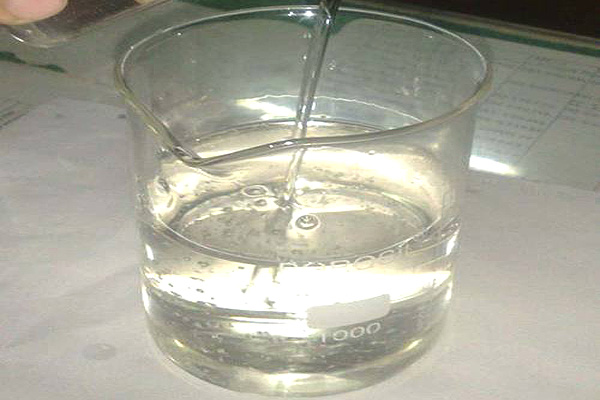
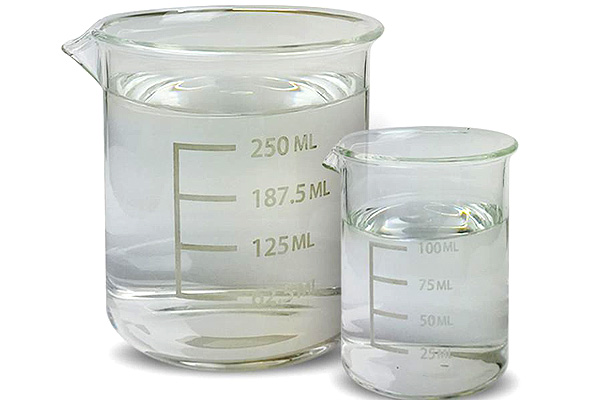
ACETONE
Acetone, or propanone, is the organic compound with the formula (CH3)2CO. It is a colorless, volatile, flammable liquid and is the simplest and smallest ketone.
Acetone is miscible with water and serves as an important solvent in its own right, typically for cleaning purposes in laboratories. It is a common building block in organic chemistry. Familiar household uses of acetone are as the active ingredient in nail polish remover and as paint thinner. Acetone is produced and disposed of in the human body through normal metabolic processes. It is normally present in blood and urine. People with diabetes produce it in larger amounts. Reproductive toxicity tests show that it has low potential to cause reproductive problems. Ketogenic diets that increase ketone bodies (acetone, β-hydroxybutyric acidand acetoacetic acid) in the blood are used to counter epileptic attacks in infants and children who suffer from recalcitrant refractory epilepsy
We provide good quality Acetone that is pure up to 98.00 to 99.50 %. Our Acetone is used in various applications.
Technical features :
• Moisture from 0.50 to 1% m.t.o. pass
• Specific gravity from 78 to .79
• Color is water white
Uses :
• Pharma
• Tablet coating
• Nail polish remover
• Thiner
• Paint
• Cleaning purpose etc.
Chemical Properties :
• Colorless transparent liquid
• With a special pungent odor
• Soluble in water
• Organic solvents
ACETIC ACID
Acetic acid systematically named ethanoic acid is a colourless liquid organic compound with the chemical formula CH3COOH (also written as CH3CO2H or C2H4O2). When undiluted, it is sometimes called glacial acetic acid. Vinegar is no less than 4% acetic acid by volume, making acetic acid the main component of vinegar apart from water. Acetic acid has a distinctive sour taste and pungent smell. In addition to household vinegar, it is mainly produced as a precursor to polyvinyl acetate and cellulose acetate. It is classified as a weak acid since it only partially dissociates in solution, but concentrated acetic acid is corrosive and can attack the skin.
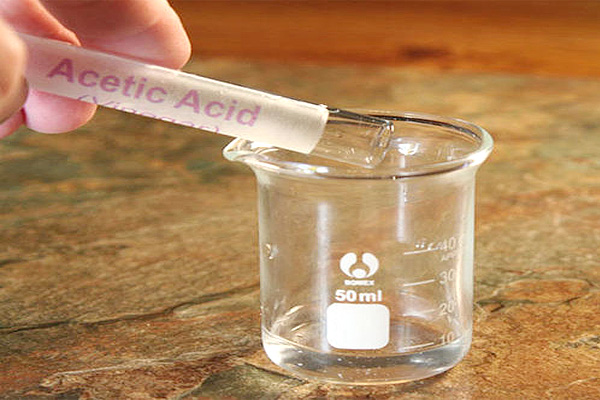
LAB GRADE
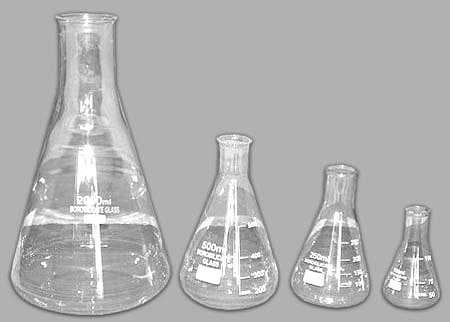
ISOPROPYL ALCOHOL (IPA- IP/LR)
Isopropyl alcohol (IUPAC name propan-2-ol; commonly called isopropanol or 2-propanol) is a compound with the chemical formula CH3CHOHCH3. It is a colourless, flammable chemical compound with a strong odor. As an isopropyl group linked to a hydroxyl group, it is the simplest example of a secondary alcohol, where the alcohol carbon atom is attached to two other carbon atoms. It is a structural isomer of 1-propanol and ethyl methyl ether. It is used in the manufacture of a wide variety of industrial and household chemicals and is a common ingredient in chemicals such as antiseptics, disinfectants, and detergents.
GLYCERINE
GLYCERINE – Is a simple polyol compound. It is a colorless, odorless, viscous liquid that is sweet-tasting and non-toxic. The glycerol backbone is found in many lipids which are known as glycerides. It is widely used in the food industry as a sweetener and humectant in pharmaceutical formulations. Glycerol has three hydroxyl groups that are responsible for its solubility in water and its hygroscopic nature.
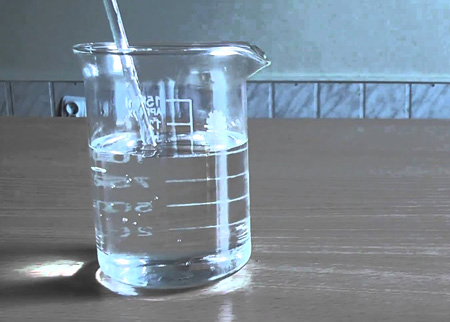
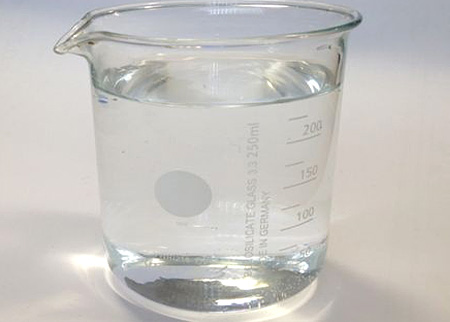
ACETONE
Acetone, or propanone, is the organic compound with the formula (CH3)2CO. It is a colorless, volatile, flammable liquid and is the simplest and smallest ketone.
Acetone is miscible with water and serves as an important solvent in its own right, typically for cleaning purposes in laboratories. It is a common building block in organic chemistry. Familiar household uses of acetone are as the active ingredient in nail polish remover and as paint thinner.
ACETIC ACID
Acetic acid systematically named ethanoic acid is a colourless liquid organic compound with the chemical formula CH3COOH (also written as CH3CO2H or C2H4O2). When undiluted, it is sometimes called glacial acetic acid. Vinegar is no less than 4% acetic acid by volume, making acetic acid the main component of vinegar apart from water. Acetic acid has a distinctive sour taste and pungent smell. In addition to household vinegar.
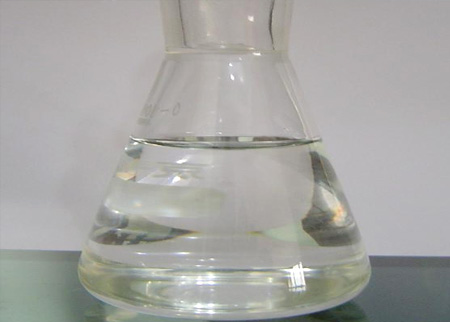
PHOSPHATES

DI-BASIC CALCIUM PHOSPHATE
DI-BASIC CALCIUM PHOSPHATE is white, free flowing crystalline powder, Which is practically insoluble in alcohol and dissolves in dilute hydrochloric acid.
GCPL is emerging manufacturers of Di-Calcium Phosphate. We manufacture various grades / types of Di-Calcium Phosphate as per BIS/IP/BP/USP Standards from rock phosphates.
Dicalcium phosphate is the calcium phosphate with the formula CaHPO4 and its dihydrate..
Dibasic calcium phosphate is produced by the neutralization of calcium hydroxide with phosphoric acid, which precipitates the dihydrate as a solid.
FEED GRADE DCP
Dicalcium phosphate is a crystalline feed grade Dicalcium phosphate containing 17.0% – 18.0% Minimum phosphorous and 22.0% – 23.0% Maximum calcium. The selected raw material of non-animal origin and the production process ensures an end product with good phosphorous digestibility and a content of undesirable elements well below that stipulated by EU feed legislation. GCPL Dicalcium Phosphate offers additional benefits including:
• Contains no free acid; does not interfere with other feed ingredients
• Ca : P ratio is suitable for standard feeds
• Contains a minimum of undesirable elements
• Has consistent quality
• Easy and safe to use.
DCP Specifications :-
• Total phosphorous (P): 18.0%
• Relative solubility in 2% citric acid: 95%
• Total calcium (Ca): 23.0%
• Ca:P ratio: 1.5:1
• Moisture (mechanical free water): 2%
• pH of a dilute solution: 7.0-8.0
Applications / Uses :-
• Animal feed concentrate
• Compound animal feed
• Nutritional supplement
• Mineral mixture
• Component of veterinary medicines
• Pharmaceuticals
• Food industries
Packing :-
• 25 Kgs & 50 Kgs Bag
TRICALCIUM PHOSPHATE
Tricalcium phosphate (TCP) is a calcium salt of phosphoric acid with the chemical formula Ca3(PO4)2. It is also known as tribasic calcium phosphate and bone phosphate of lime. It is a white solid of low solubility. Most commercial samples of “tricalcium phosphate” are in fact hydroxyapatite.
Tricalcium phosphate is used in powdered spices as an anticaking agent, e.g. to prevent table salt from caking. It is also found in baby powder and toothpaste.
It is also used as a nutritional supplement and occurs naturally in cow milk, although the most common and economical forms for supplementation are calcium carbonate (which should be taken with food) and calcium citrate.


MINERAL MIXTURE
Dairy cattle and buffaloes require a number of dietary mineral elements for normal body maintenance, growth and reproduction. Minerals that are required in relatively large amounts are called major or macro elements. Those needed in small amounts are classified as micro, minor or trace minerals. The major minerals include calcium, phosphorus, magnesium, potassium, sodium, chlorine and sulphur. Among those needed in trace amounts are iron, zinc, manganese, copper, iodine, cobalt and selenium. Deficiency of minerals in the ration o animals impairs metabolic functions, which affects the growth in young calves and milk production and reproduction efficiency in adult animals. Supplementation of bio-available minerals through mineral mixture is of paramount importance, as minerals are nowhere synthesized in animal’s body.
Benefits:
• GCPL contains the best source of phosphorus
• Phosphorus is essential for bone & muscle formation
• GCPL is the best source of Calcium, which improves egg shell quality
• GCPL has all the essential minerals that are required for proper metabolism and rapid growth
• GCPL retains its high quality for longer periods
